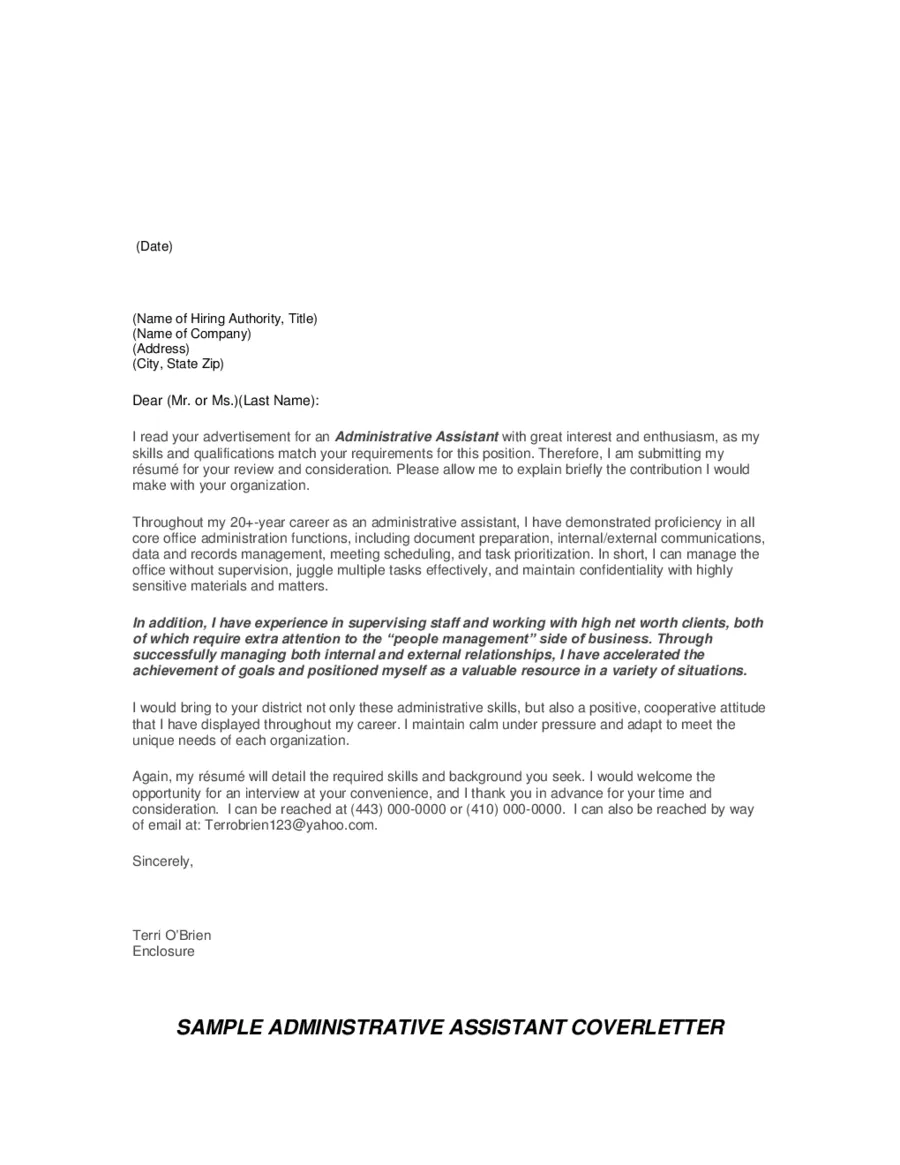Securing an office job starts with a compelling cover letter. It’s your first impression, a crucial tool to showcase why you’re the perfect fit. A well-crafted cover letter highlights your skills and experiences, setting you apart from other applicants. This guide will help you unlock the secrets to writing a winning office job cover letter, increasing your chances of landing an interview and ultimately, the job. Learn how to craft a cover letter that grabs the attention of hiring managers and makes them want to learn more about you. By following these tips, you’ll be well on your way to a successful job search.
Know What Makes a Great Office Job Cover Letter
A great office job cover letter isn’t just a summary of your resume; it’s a narrative that connects your skills and experience with the specific requirements of the job. It demonstrates your understanding of the company’s needs and your ability to contribute to their success. The best cover letters are tailored to each position, showing you’ve taken the time to research the company and understand the role. They are concise, professional, and error-free. Consider the hiring manager’s perspective; they want to quickly see if you’re a good fit, so make it easy for them to say yes.
Essential Cover Letter Elements
Every successful office job cover letter contains specific elements. Including these ensures you present a complete and professional application, increasing your odds of getting noticed. Each element plays a vital role in conveying your qualifications and enthusiasm. Pay close attention to detail, as even small mistakes can undermine your application. Accuracy and clarity are essential for a strong impact.
Contact Information and Formatting
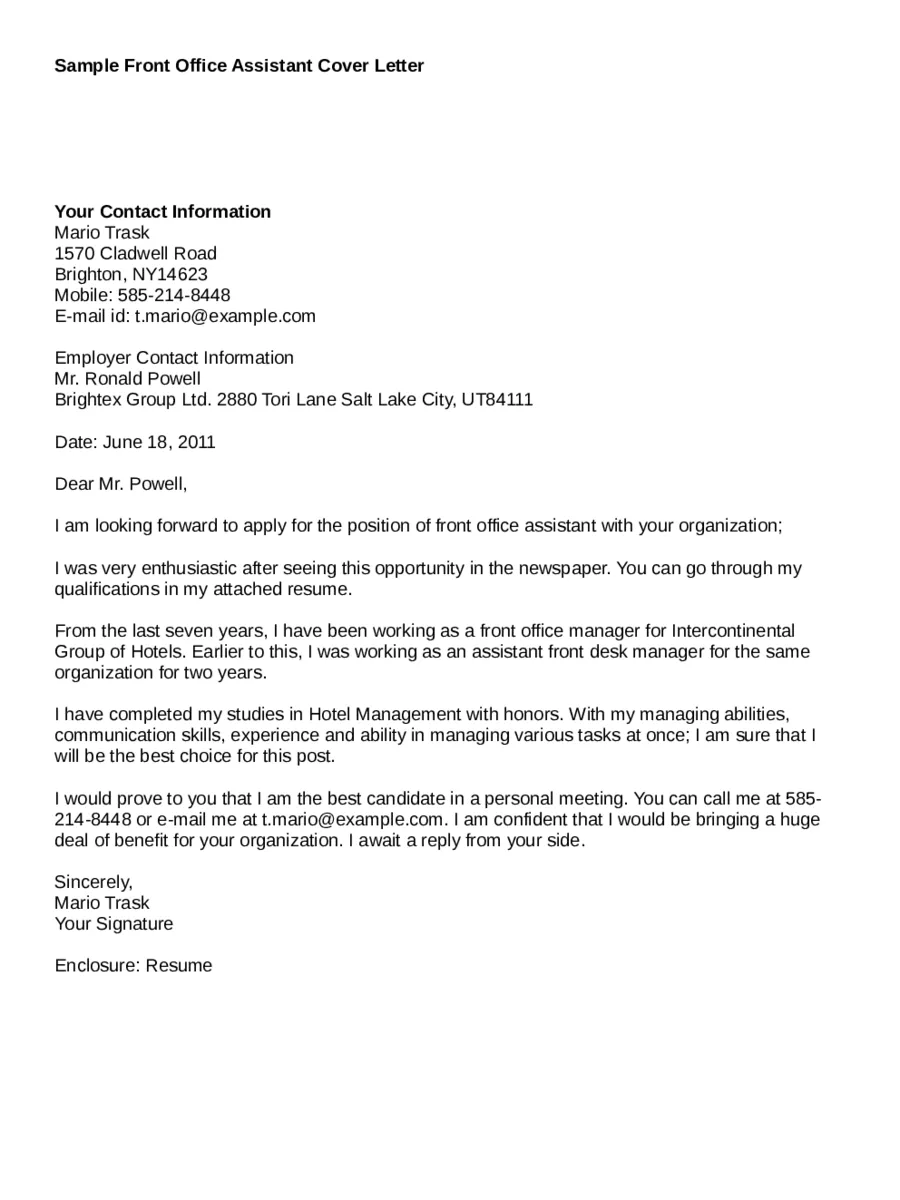
Start with your contact information at the top of the letter, including your name, phone number, email address, and optionally, your LinkedIn profile URL. Use a professional font like Times New Roman, Arial, or Calibri, with a font size between 10 and 12 points. Maintain consistent formatting throughout the document, with single spacing within paragraphs and a space between paragraphs. Ensure your letter is well-structured and easy to read, with clear headings and subheadings where appropriate. This attention to detail demonstrates your organizational skills and professionalism.
Crafting a Compelling Opening
Your opening paragraph is your first chance to grab the reader’s attention. Start with a strong hook, such as mentioning a mutual connection, expressing your enthusiasm for the company, or highlighting a key skill relevant to the role. Briefly state the position you’re applying for and where you saw the job posting. Avoid generic openings; personalize your letter to show you’ve researched the company and understand their needs. Your goal is to make the hiring manager want to read more.
Showcasing Your Skills
The body of your cover letter is where you showcase your skills and experience. Focus on the skills that align with the job description, providing specific examples of how you’ve used them in the past. Use keywords from the job posting to demonstrate that you understand the requirements. Avoid simply listing your skills; instead, explain how you’ve applied them to achieve positive outcomes. This is your opportunity to demonstrate your capabilities.
Highlighting Relevant Experience
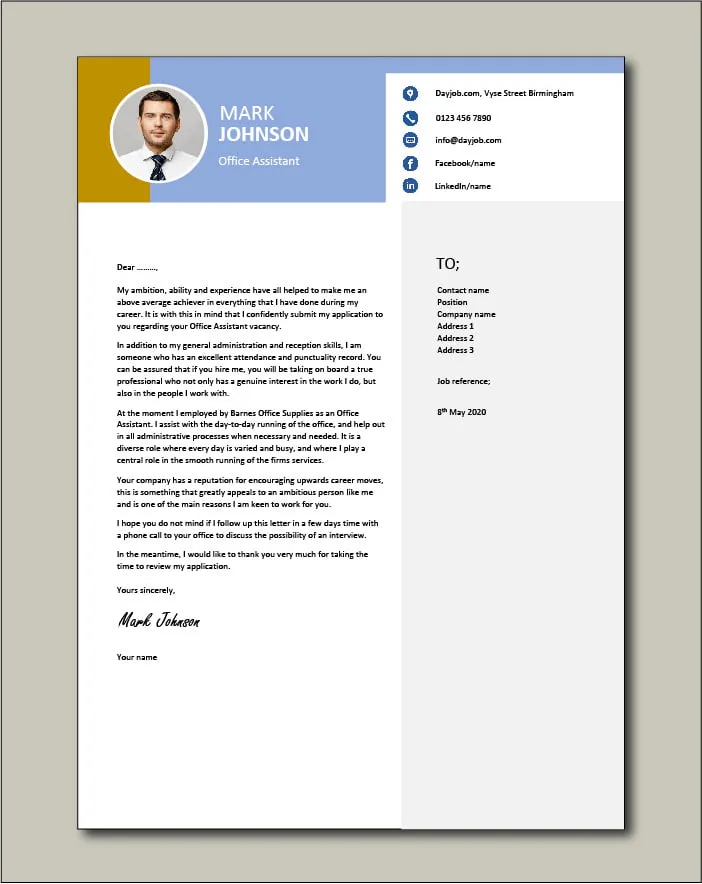
Select the experiences most relevant to the office job you’re applying for. For each experience, describe your role, responsibilities, and accomplishments. Use the STAR method (Situation, Task, Action, Result) to structure your examples. Focus on what you achieved and how you contributed to the success of your previous employers. Tailor your examples to match the requirements of the specific job, showing that you have the skills and knowledge the company needs.
Quantifying Achievements
Whenever possible, quantify your achievements with numbers and data. For example, instead of saying “Improved customer service,” say “Improved customer satisfaction scores by 15%.” Quantifying your achievements provides concrete evidence of your abilities and demonstrates the impact you’ve made in previous roles. Use metrics to show your value and make your accomplishments more compelling. Numbers make your claims more credible and impactful.
Demonstrating Enthusiasm and Fit
Demonstrating your enthusiasm for the company and the specific role is crucial. Show that you’ve researched the company and understand their mission, values, and goals. Explain why you’re interested in working there and what you hope to contribute. Express your understanding of the company’s culture and how your personality and work style align with it. Authenticity is important, so let your genuine interest shine through.
Expressing Your Interest
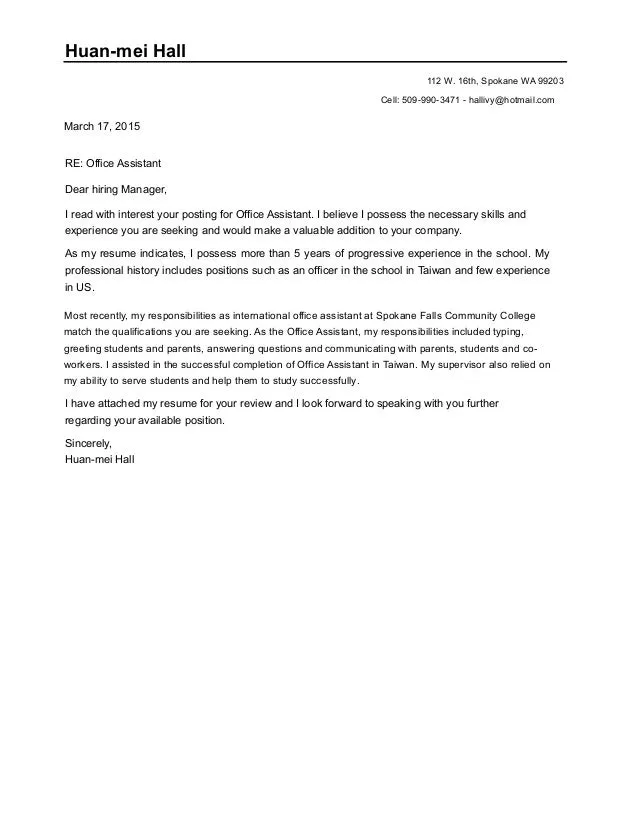
Clearly state why you are interested in the specific position and the company. Show how the role aligns with your career goals and how you believe you can make a positive contribution. Tailor your letter to highlight your unique value proposition. Avoid generic statements; provide specific reasons why you believe you are a good fit. This demonstrates initiative and a genuine interest in the opportunity.
Researching the Company
Thoroughly research the company before writing your cover letter. Visit their website, read news articles, and check their social media profiles to gain insights into their culture, values, and recent projects. Demonstrate your understanding of the company’s business and its position in the industry. Mentioning specific projects, initiatives, or values that resonate with you shows your interest and that you’ve taken the time to learn about them. This research helps you personalize your letter and makes a stronger impression.
Closing Your Cover Letter
The closing paragraph is your final opportunity to leave a positive impression. Reiterate your interest in the position and express your eagerness to discuss your qualifications further. Thank the hiring manager for their time and consideration. Keep your closing concise and professional, reinforcing your enthusiasm and the value you can bring to the company. End with a call to action.
Polite and Professional Closing
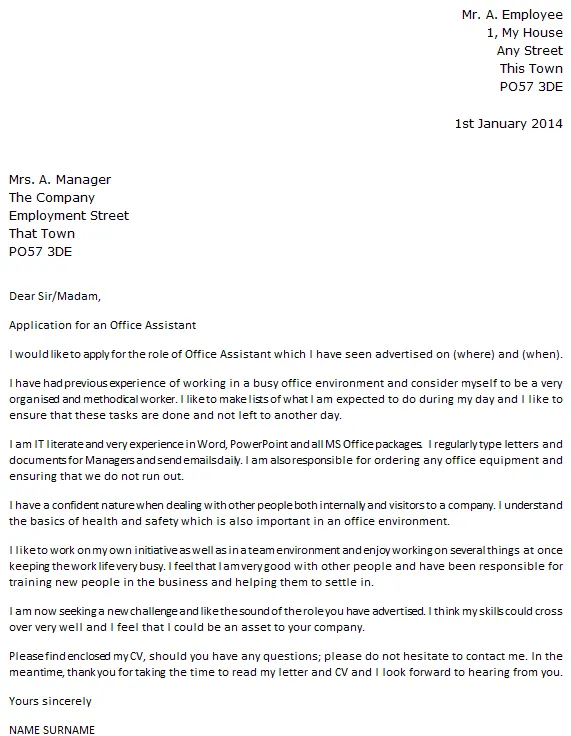
Use a polite and professional closing such as “Sincerely,” “Best regards,” or “Thank you.” Avoid overly casual or informal closings. Reiterate your interest in the position and your eagerness to discuss your qualifications in an interview. Include your contact information again, if desired. Make sure your closing is free of any errors and reflects the professional tone you’ve maintained throughout your letter. A well-crafted closing reinforces your professionalism.
Proofreading and Editing
Proofread your cover letter carefully for any grammatical errors, spelling mistakes, or typos. Read it aloud to catch any awkward phrasing or sentences. Ask a friend or family member to review your letter as a second pair of eyes. Ensure the formatting is consistent and professional. A polished cover letter demonstrates attention to detail and a commitment to excellence. Proofreading is an essential step.
In conclusion, crafting a winning office job cover letter requires careful attention to detail and a strategic approach. By understanding the essential elements, showcasing your skills and experience effectively, and demonstrating your enthusiasm, you can significantly increase your chances of landing an interview. Remember to tailor each cover letter to the specific job and company, and always proofread carefully. Good luck with your job search!
